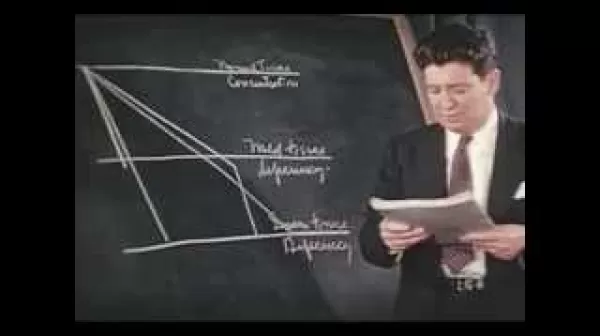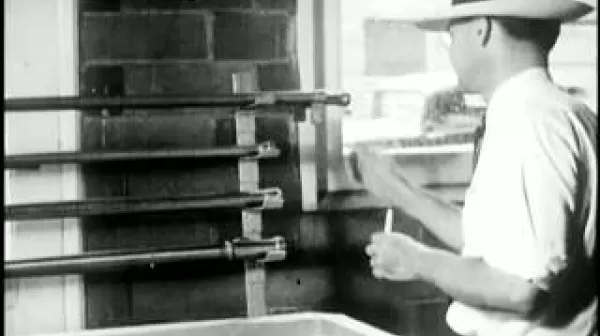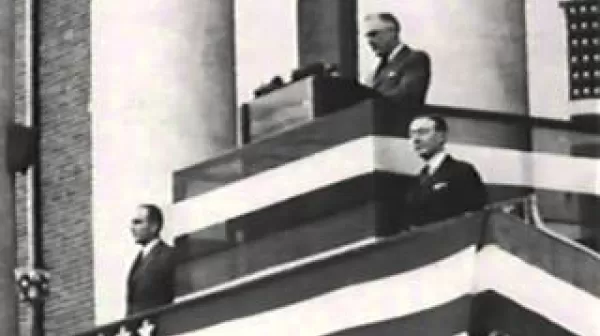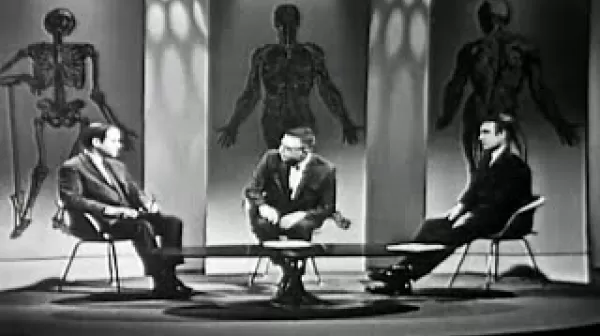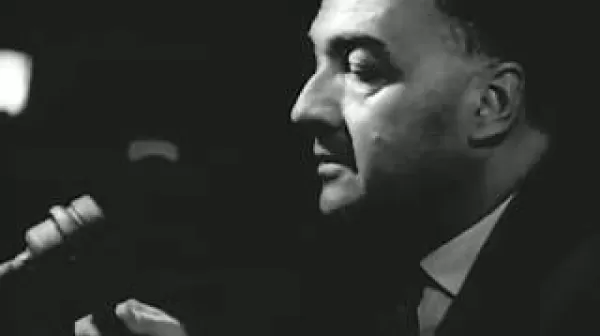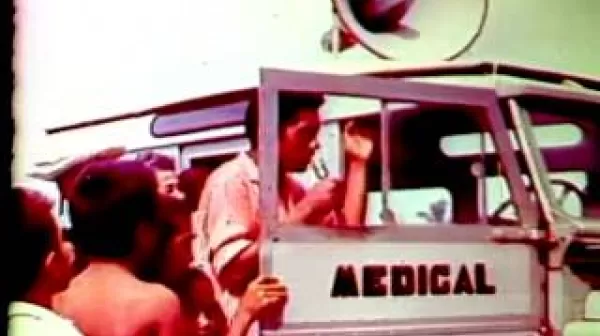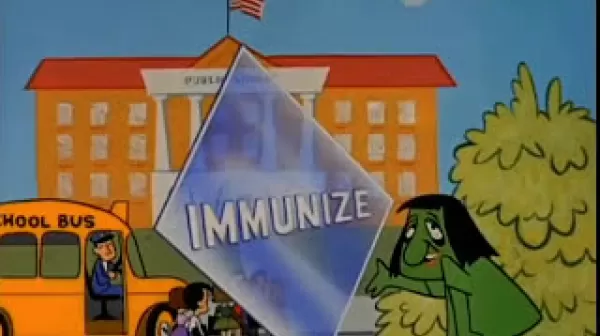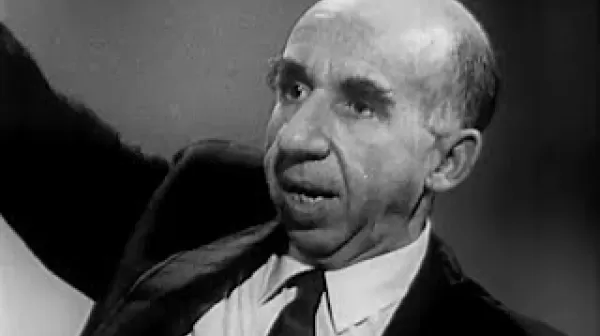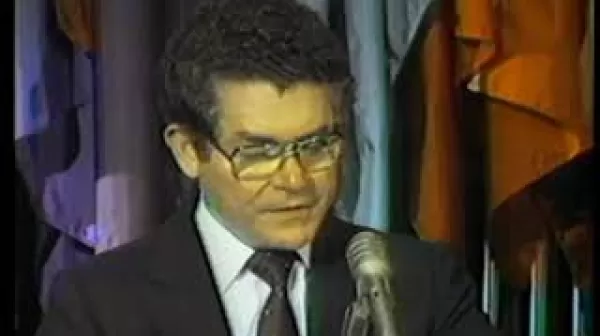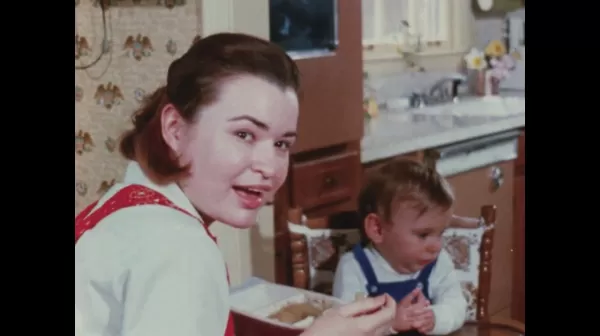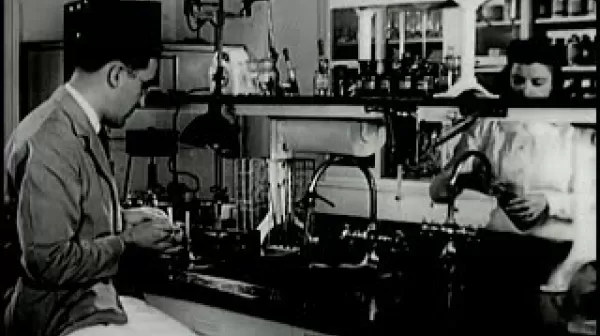Modern Nutrition: A Clinical Symposium (USPHS, 1944)
The Food and Nutrition Board of the National Research Council, which helped to prepare this film, was formed in 1940 for the purpose of improving the nutritional fitness of Americans in the crisis of World War II. The purpose of this film is to clarify some of the newer aspects of nutrition information for the physician, with emphasis on the diagnosis and treatment of vitamin deficiency states.

